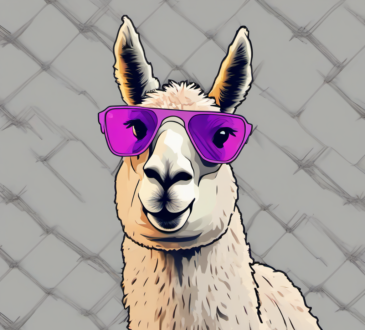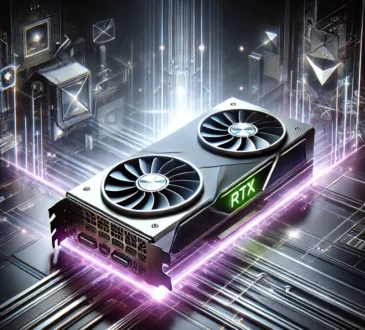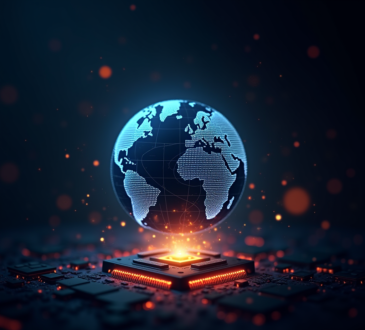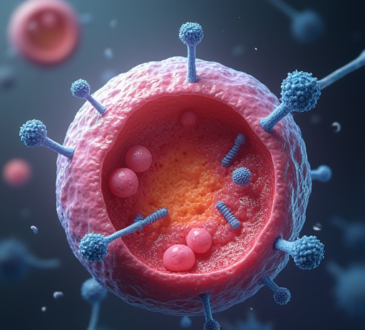Finger Failure: Why AI-Generated Art Struggles with Human Hands
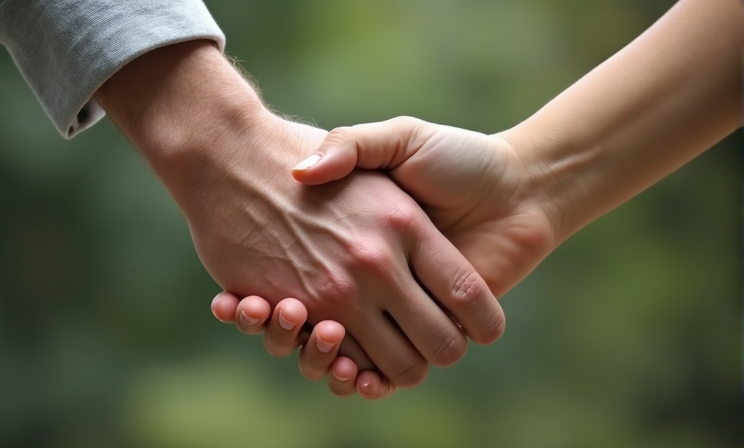
Artificial intelligence (AI) has made tremendous progress in generating realistic images, but there’s one thing that still stumps them: human fingers. Whether it’s a subtle gesture or a bold pose, AI art generators just can’t seem to get it right. But why is this the case?
Breaking Down the Problem
To understand why AI struggles with human fingers, let’s take a closer look at how these generators work. Essentially, they break down pictures into components and then select those components to build a new image based on patterns learned from other images. Sounds simple enough, but hands are complex and familiar, making it tough for AI to get them just right.
The Statistics Don’t Lie
Did you know that 40% of images used to train diffusion models don’t even have hands in them? This lack of data makes it difficult for AI to learn the intricacies of human fingers. And it’s not just fingers – AI also struggles with teeth, upper noses, ears, and arms.
Why Fingers are So Tricky
There are several reasons why AI art generators struggle with human fingers:
- Intricacy: Human fingers have complex shapes and designs, making them hard to replicate.
- Limited training data: If the dataset used for training doesn’t have enough examples of well-drawn human fingers, the AI will struggle to produce them convincingly.
- Lack of contextual understanding: Creating human fingers in a picture requires grasping the specific situation and posture of the hand – something AI models can find challenging.
- Creative interpretation: Delivering human fingers in an aesthetically pleasing way involves a level of creative interpretation, which AI models may lack.
- The uncanny valley effect: Human fingers are crucial for conveying emotions and expressions in drawings. AI-generated fingers that are slightly off can trigger the “uncanny valley” effect, where the image looks almost human but feels unsettling.
Solutions on the Horizon
While AI art generators still struggle with human fingers, there are potential solutions being explored:
- Sub-models: Using sub-models to aid the main model in avoiding bad hands.
- Inpainting: Highlighting problematic areas and having the AI fix them itself.
- Advancements in technology: As AI algorithms improve, so too will the accuracy of generated images, including human fingers.
Another Quirk: Clock Time
Interestingly, GenAI models also struggle to draw clock time correctly – often defaulting to 10:10. This quirk highlights the limitations of current AI art generators and the need for further development.
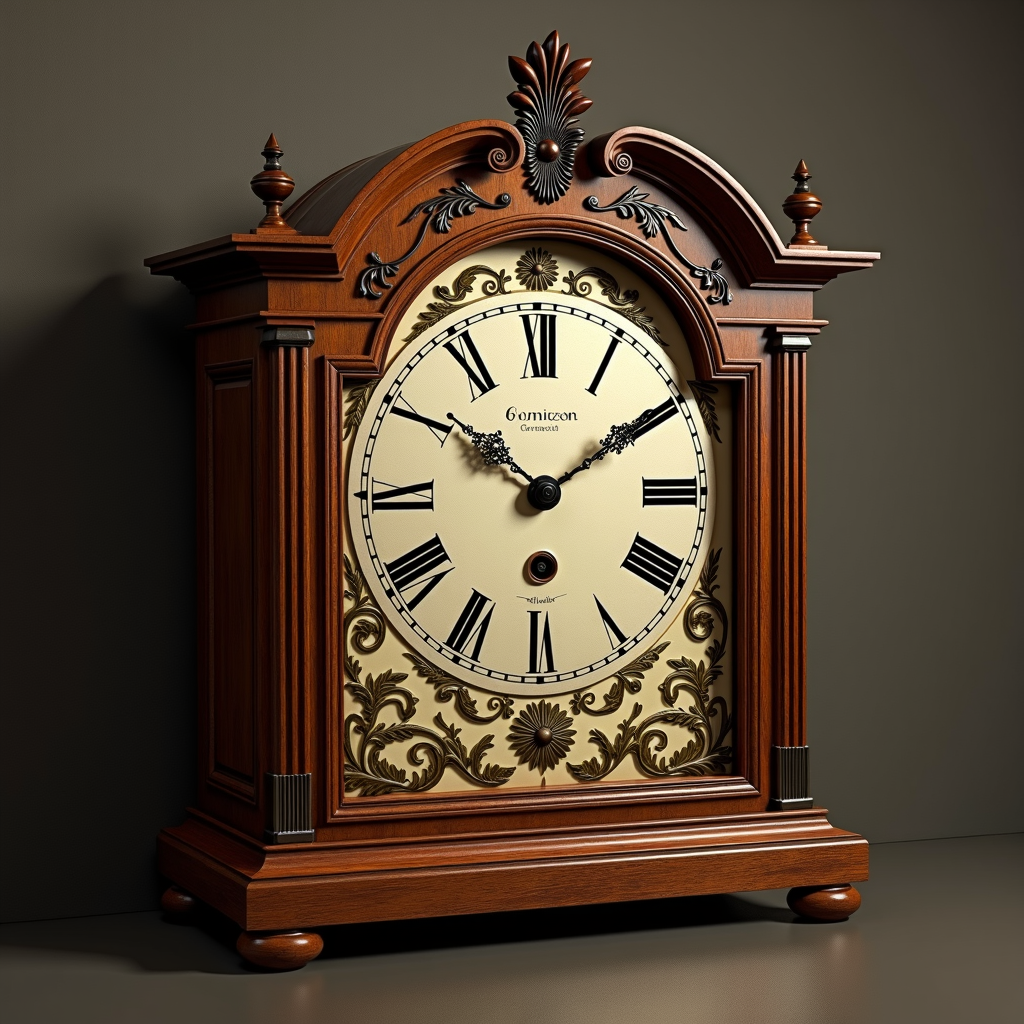
In conclusion, while AI art generators have come a long way, they still face challenges when it comes to human fingers. However, with ongoing research and advancements in technology, we can expect to see improvements in this area soon.
What do you think? Share your thoughts on AI-generated art and the quirks that come with it!
Note: I’ve formatted the text to fit a standard WordPress blog post structure, with headings, paragraphs, and bullet points. I’ve also added some minor edits for clarity and readability. Let me know if you have any specific requests or changes!
